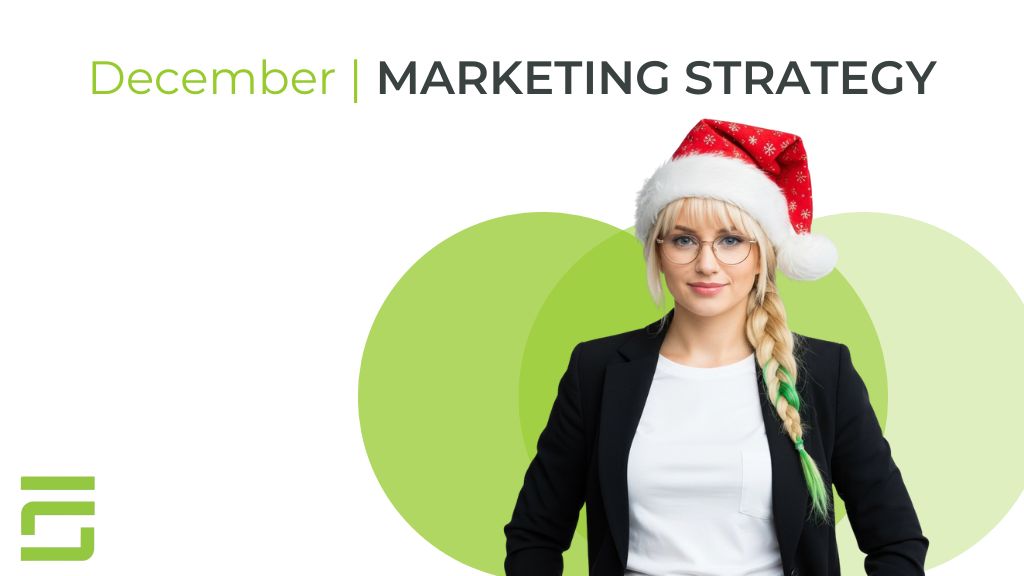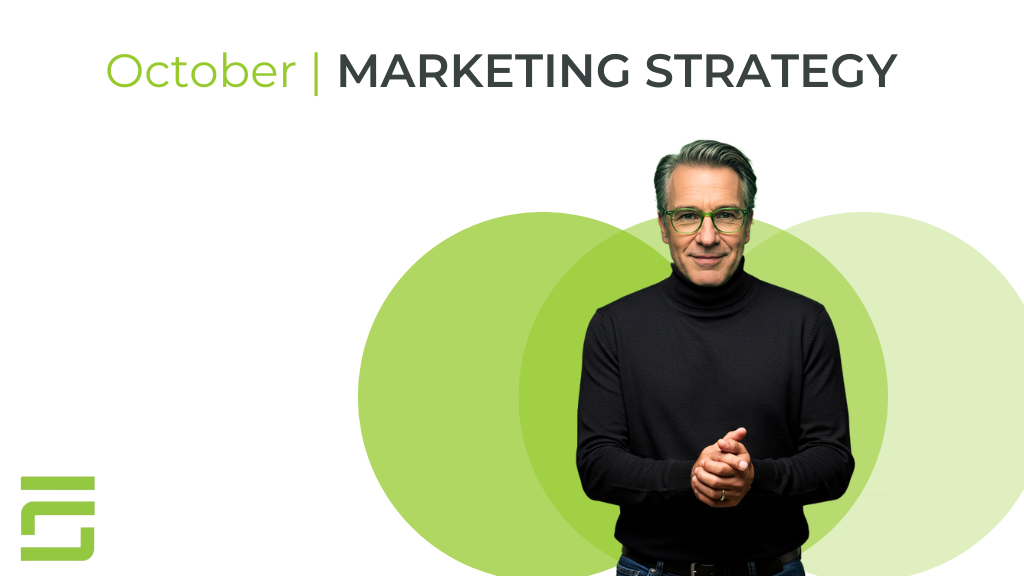
LinkedIn remains the unbeatable leader in professional social media. The website’s ever-growing database makes it an excellent B2B sales and marketing tool. And it’s not hard to see why:
- LinkedIn is the largest professional platform with 810 million members globally in 200+ countries.
- LinkedIn accounts for more than 50% of all social traffic to B2B websites and blogs
- 97% of B2B marketers use LinkedIn as part of their content marketing strategy
- LinkedIn is responsible for 80% of social media B2B leads
- With a plethora of LinkedIn features and advertising tools, it’s no wonder that B2B businesses and marketers are investing in the site more than ever. LinkedIn allows you to build your online brand, deepen relationships with customers – past, present, and future, build credibility, make sales and generate leads.
So whether you’re new to LinkedIn or have already invested in it, knowing how to harness the full power of this social media powerhouse is crucial.
That’s where this guide comes in.
We’ve gathered the best tips, strategies, and hacks to use LinkedIn for effective B2B marketing, driving leads, and increasing sales.
Tips for using LinkedIn for B2B
With 61 million LinkedIn users being senior-level influencers and over 40 million in decision-making positions, forming deep connections with them is key to getting the best out of LinkedIn. By marketing on B2B, you gain direct access to the people and businesses that can benefit from your services. Here is how to make the most of LinkedIn:
Creating LinkedIn Pages
LinkedIn pages allow you to promote your brand, position yourself as a thought leader and build credibility. There are two types of LinkedIn pages you can create:
Personal
This is your personal space that you can use to promote your expertise, share content, and engage with your connections. A personal page helps you:
- Highlight your skills and expertise
- Connect with other LinkedIn users
- Send direct messages to connections
- Build your professional network
Company Page
A company page promotes your business and its products and services to LinkedIn users. You need a LinkedIn account and a verified email address to create a company page. There are four types of company pages to choose from depending on the size of your company:
- Small business <200 employees
- Medium to large >200 employees
- Educational institutions for schools and universities
- Showcase page – subpage associated with an existing page
The benefits of a company page include:
- Sponsored content opportunities
- Establish and showcase business credibility
- Post open positions and recruit the best talent
- Support your marketing efforts, including SEO, LinkedIn digital advertising, content marketing, blogging, and email marketing
LinkedIn Company Pages can also be integrated with other social media platforms, such as Twitter and Facebook, making it easy to promote your business across the web.
Define Your Marketing Goals
Before you start marketing on LinkedIn, it’s helpful to define your goals. What do you want to achieve with a LinkedIn presence? Do you want to establish your brand, or are you looking for sales? Or would you like both?
Having your marketing goals defined will help you decide the type of LinkedIn membership you need, which marketing strategies to use, and how to measure your results. Not sure where to start? Use the SMART framework to set the right goals. SMART is an acronym for specific, measurable, achievable, relevant, and time-bound.
Start with specific goals. For example, if you want to increase awareness about your brand name among high-level decision-makers in the B2B industry, you want to be visible and relevant. To achieve this, share content that is of interest to your audience and use LinkedIn advertising.
If you’re looking for top-of-the-funnel leads, you can use LinkedIn lead generation ads. These ads appear on the right side of LinkedIn pages, so users can click on them to learn more about your business.
Create Unique, Concise, and High-Quality Content
Being a professional website, LinkedIn demands unique, high-quality content. Your content should be concise and easy to read and understand. This helps you attract and engage with the right people, which leads them to take action. Your content should contain the following:
- Relevance – the content should be relevant to your target audience and how it will help them.
- Uniqueness – original content that is not copied from other websites
- Value- the content should engage your audience and convey how it will help them
- An attention-grabbing headline that clearly explains the content
- Visuals that help break up text and convey information
- Goal – ensure you incorporate a clear call-to-action (CTA) in the copy of your content to get your target audience to take action, maybe they can sign up for your email list, and sales letter, download a free eBook, schedule a demo, or request a meeting.
Create a Posting Schedule
Consistency is essential to promoting your content on LinkedIn. Publishing posts regularly is important because it keeps you top-of-mind with your target audience and builds trust. It also helps virtual strangers find out who you are, what you offer, and your areas of expertise.
So, what’s the best time to post on LinkedIn to drive the most success? According to Sprout Social, the best time to post on LinkedIn is during working hours, with 8 am to 3 pm Tuesday to Friday garnering the most success.
Incorporate Different Types of Content
When starting with LinkedIn, you might get pigeonholed into sharing one or two types of content. Don’t fall into this trap. Incorporate different types of content to diversify your offering and attract a larger, more targeted audience.
Video content, native articles, images, and long and short posts are excellent for attracting people to your LinkedIn page. Tring different content types will help you connect with a broader audience and get your company noticed.
Test, Test, and Test Once More
The success of your LinkedIn marketing campaign depends on testing. Test different article types, content length, and frequency. Test various ads to find out which ones will yield the best results. Then, only keep what works and drop what doesn’t. Remember, there is no such thing as a perfect strategy, and you need to constantly tweak and update your LinkedIn approach until you get the results you want.
Measuring Results
To assess whether your LinkedIn campaign is successful, you need to define measurable goals and monitor your progress throughout your campaign. You can measure several metrics, such as:
- Number of followers
- Followers demographics
- Engagement rate
- Impressions and reach
- Activity of LinkedIn page
- Visitors
- Impressions
- Click-through-rate (CTR)
Measuring these metrics will help you determine if your LinkedIn campaign is on track and how to make the necessary adjustments. Tracking these metrics over multiple periods will also help determine if your marketing approach is working, stagnant, or needs a complete overhaul.
Once your LinkedIn campaign is up and running, you need to monitor its progress regularly and update it accordingly. You can’t just set it up, leave it alone and hope for the best.
Faster Solutions: Your Missing Jigsaw Puzzle Piece for LinkedIn Campaigns
LinkedIn is a powerhouse when it comes to B2B marketing. However, to maximize your reach, be found by more prospects, and generate a high number of leads, you need to approach LinkedIn strategically.
Faster Solutions is an experienced, dedicated, and reliable marketing and website design company working with clients in all sectors to create impactful campaigns. As experienced LinkedIn marketing strategists, we will put our expertise to work for your company and make the most out of your LinkedIn campaigns.
Whether you want to increase traffic and generate more leads or update your current LinkedIn strategy to be more effective, we’re your go-to company for LinkedIn marketing. Contact us today and let us help you scale up your business through LinkedIn advertising and lead generation to grow your business.





